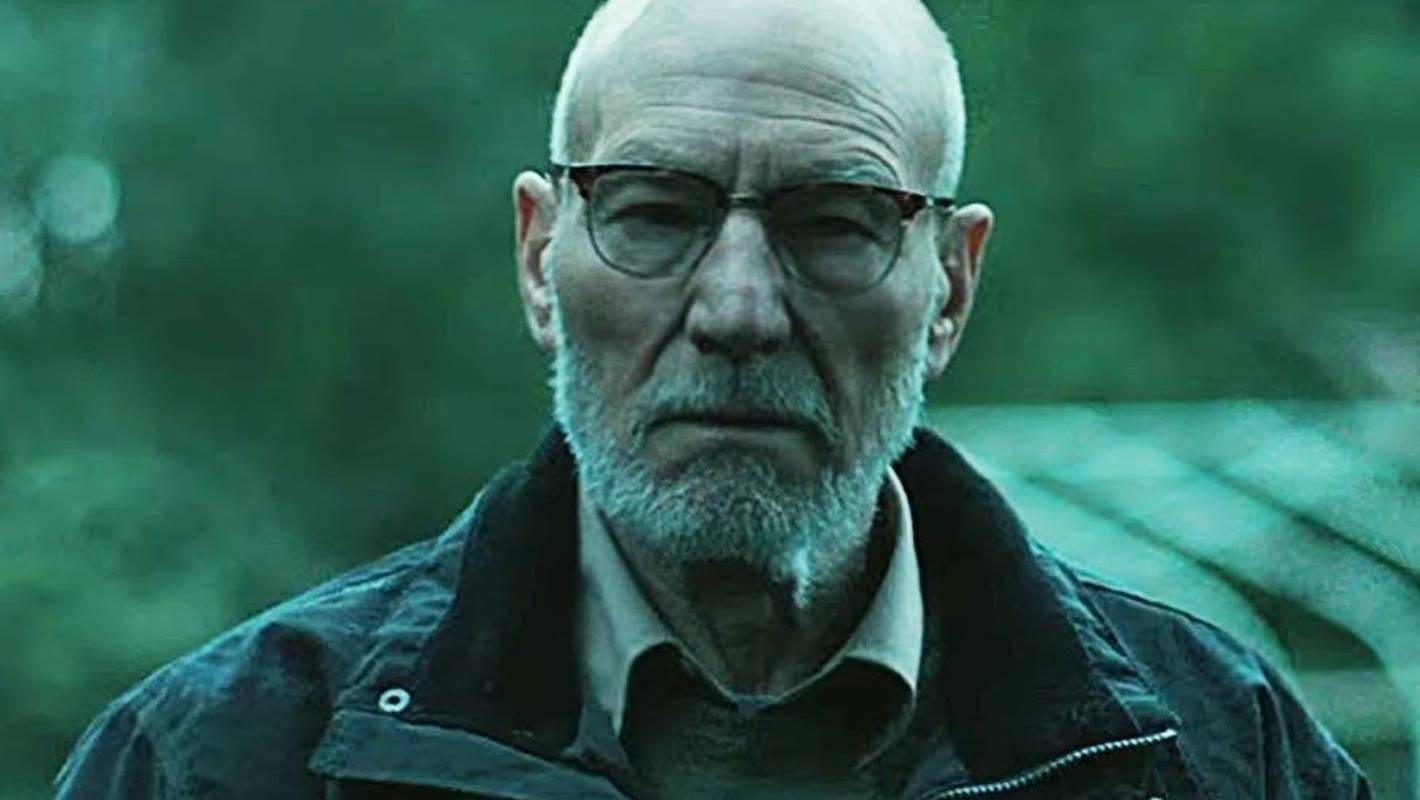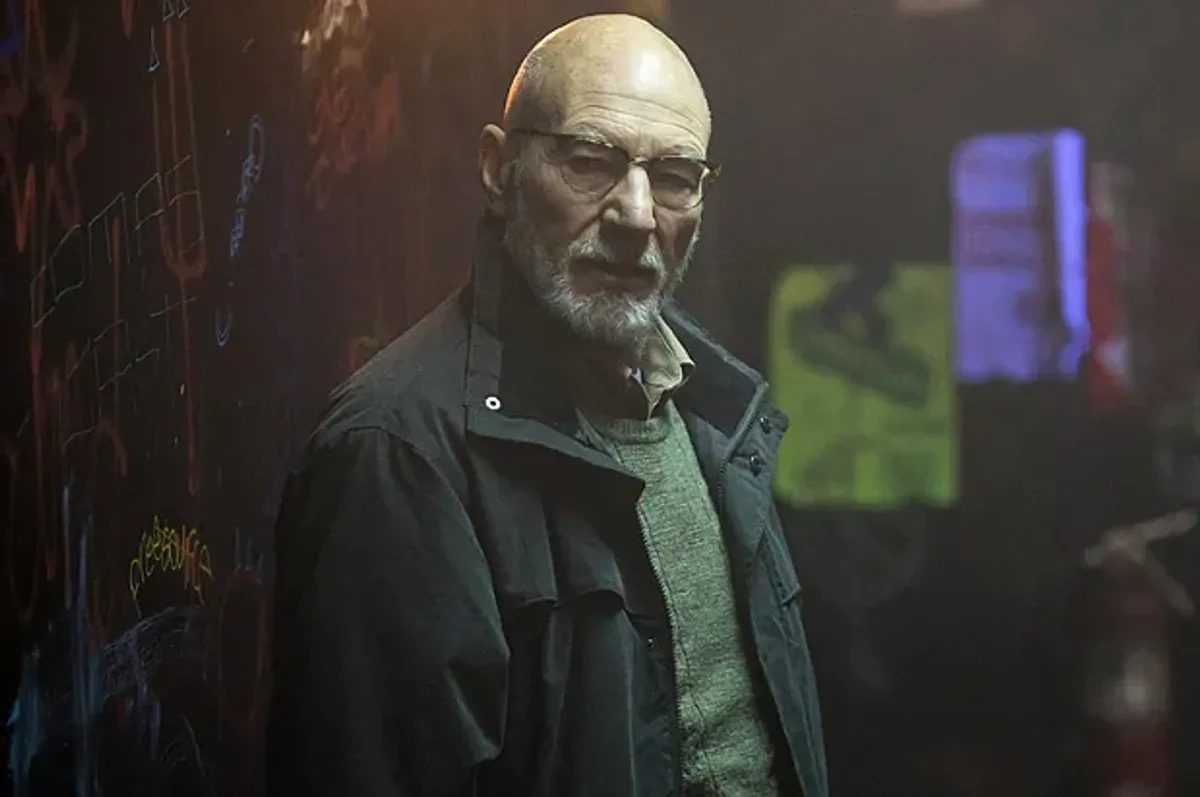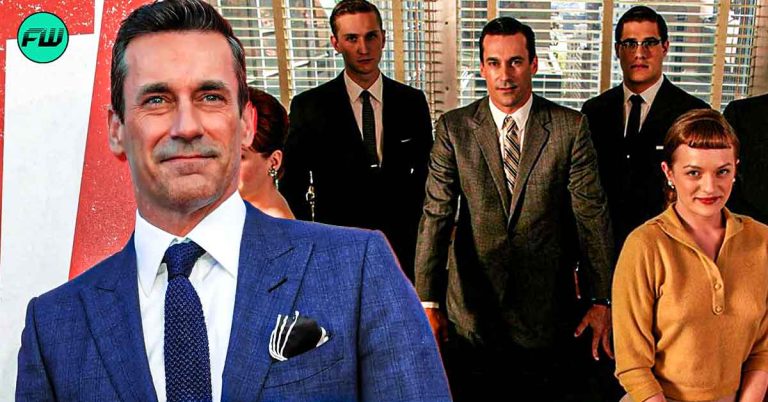In the world of filmmaking, where seasoned actors frequently come across captivating scripts and compelling stories, there periodically arises an uncommon circumstance where even the most experienced actors confront genuine spine-chilling moments. Such an instance transpired in the illustrious life of Sir Patrick Stewart when he crossed paths with the script of the horror-thriller opus, Green Room.

Renowned for his stellar contributions to both the theatrical stage and the silver screen, the 83-year-old response to this specific screenplay proved to be remarkably unusual, generating fervent buzz throughout the town.
Patrick Stewart Did An Unusual Thing After Reading The Green Room Script

The resolute and celebrated Sir Patrick Stewart recognized for his illustrious journey in the entertainment realm, found himself in a fascinating dilemma upon delving into the script of the spine-tingling cinematic creation known as Green Room.
With a career spanning epochs and a reputation for embracing diverse roles, Stewart’s palpable unease after scanning the script proved to be scarily noteworthy.
Stewart, typically known for his heroic portrayals as seen in films like X-Men, embarked on an unconventional path when he agreed to depict a reprehensible character in Green Room.
Nevertheless, his initial encounter with the script left him deeply disturbed. The efficacy of Green Room’s horror narrative derives from its unflinching brutality and the chilling possibility of its premise.

The precisely undercurrent of stark authenticity that magnetized Stewart to the script. The departure from his typical roles and the unsettling impact of the narrative prompted him to undertake an unusual course of action.
Upon reading the script as dusk descended, Stewart began to read the script and was immediately overcome by fear. On page 40, he abruptly put the script down and, in a rare event, went through the entire home checking that all the doors and windows were tightly locked.
He even illuminated the perimeter of his residence, a divergence from his daily routine. The actor once told IndieWire,
“I switched on all the perimeter lights around my house. I don’t do that! The movie had undermined me and made me feel so unsafe, I knew without a doubt it was what I wanted to do next.”
This extraordinary reaction underscored the script’s profound influence and solidified Stewart’s resolve to take on this challenging role. It is proof of the compelling power of a meticulously crafted screenplay.
When Green Room eventually graced the screen, Stewart’s portrayal of the villain showcased his unparalleled ability to transform warmth into horror, leaving an indelible mark on his multifaceted career.
Patrick Stewart Transforms Warmth Into Menace As A Villain

In the intense thriller Green Room, the esteemed Stewart, typically renowned for his warm and heroic on-screen personas, took a stunning and transformative turn.
Embracing the role of a villain, he skillfully reshapes his inherent warmth into a chilling menace, captivating audiences with his remarkable versatility.
Stewart’s previous body of work has mostly featured him as a heroic figure or in lighter, more comedic productions. Whether lending his voice to FBI Director Avery Bullock in American Dad! or headlining a sitcom like Blunt Talk, Stewart consistently radiates positivity.
However, his portrayal in Green Room defies this norm, revealing his ability to delve into the darker depths of character portrayal.
In Jeremy Saulnier’s suspenseful thriller, Green Room, the narrative follows a group of young punk artists desperately seeking income after their gig is canceled.
Their quest leads them to a bar in Portland, Louisiana, but their hopes are shattered when they discover the establishment is infested with Neo-Nazi skinheads.
Stewart’s dedication to his craft shines through in this role, demonstrating that a skilled actor can effortlessly transition between starkly contrasting characters, leaving an indelible mark on the audience and solidifying his status as one of the industry’s most versatile talents.
Source: IndieWire










